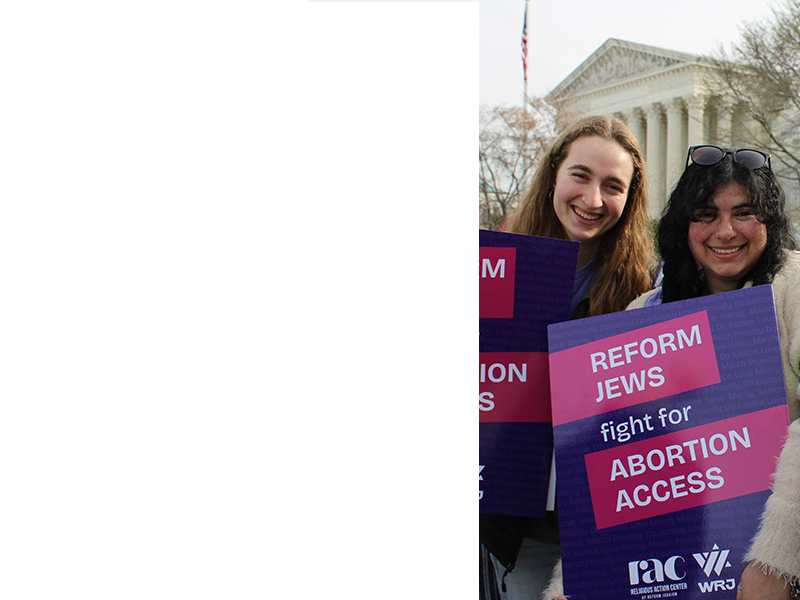Rabbi Saperstein: "In yesterday's ruling, the Court decided by a narrow margin to diminish both the power of religious symbols and Americans' religious liberty."
Contact: Kate Bigam or Jessica Weiser
202.387.2800 | news@rac.org
WASHINGTON, D.C., April 29th, 2010 -- In response to the Supreme Court Decision in Salazar v. Buono, Rabbi David Saperstein, Director and Counsel of the Religious Action Center of Reform Judaism, issued the following statement:
The Supreme Court's muddled decision in Salazar v. Buono threatens to further erode the wall of separation between church and state, allowing a cross to remain standing as a war memorial in middle of the government-owned Mojave National Preserve and opening the door for the display of more religious symbols on public property.
The Reform Movement joined an amicus brief in this case, which urged the Court to grant judicial standing and supported the lower Court's decision that the transfer of the small piece of land on which the cross sits to the private Veterans of Foreign Wars was an insufficient remedy to protect against an Establishment Clause violation. Unfortunately, the Supreme Court instead chose to force the lower court to reconsider its decision in the case and to determine whether the cross, because of its association with memorializing the war dead, conveys a secular meaning.
In yesterday's ruling, the Court decided by a narrow margin to diminish both the power of religious symbols and Americans' religious liberty. The implication that a cross can shed its sectarian religious significance when it stands as a memorial for the war dead ignores the power and history of religious symbols. It is an affront to all people of faith. The Court's ruling is also deeply troubling because it suggests that land transfers are an acceptable means of evading limitations on religious displays on government property.
On a positive note, the Court acknowledged Frank Buono's standing to challenge this religious display. However, this ruling did not set a general rule about standing in similar cases. In fact, as much as anything, yesterday's ruling merely contributed to the vast body of unclear holdings on religious symbols on public property. Rather than using this case to clarify an extremely messy area of the law, the Court, in six separate opinions, merely added to the confusion.

